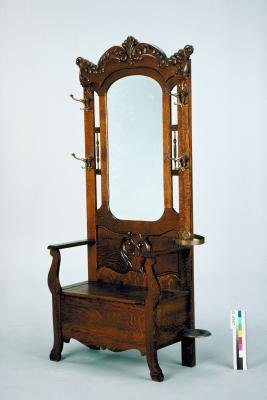
Unmarked collectible antiques come in all shapes and sizes, ranging from jewelry to table linens, furniture, silverware and clothing. Many items made in the last couple of centuries were not marked with a maker's mark or label. Sometimes antiques can be identified by the style of the maker, the metal content, or the period in which they were created. Learning to identify unmarked antiques can help you unearth a buried treasure.
Instructions
- 1
Study the styles and traits of the periods in which you are interested. Every era has a particular set of recognizable design patterns and details that points to its time in history. This will make it easier for you to recognize and date genuine antiques.
2Buy collector's books that have photos and explanations of stylistic trends and patterns. These can help you identify your newly found treasure.
3Research methods for testing gold and silver content in antique jewelry.
4Buy special acids and a jeweler's loupe for identifying gold and silver content in jewelry, hollowware and other precious metal collectibles.
5Consult a qualified gemologist or knowledgeable jeweler to identify gemstones in antique jewelry.
6Call a certified appraiser who specializes in antiques to discover dates and makers of unmarked glassware, furniture, chandeliers and other antique lighting.
7Visit auction houses in your area to see a wide variety of antiques and collectibles. The auctioneer can often assist in identification.
8Attend free clinics offered by auction houses and well-known antique stores. The purpose of these clinics is often to help attendees identify their antiques and collectibles.
0 comments:
Post a Comment